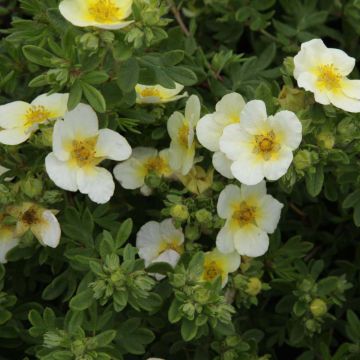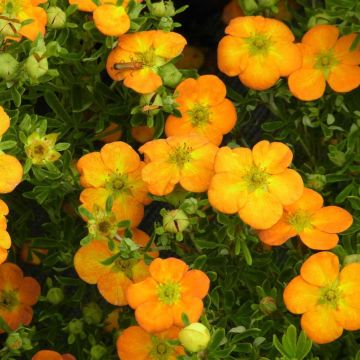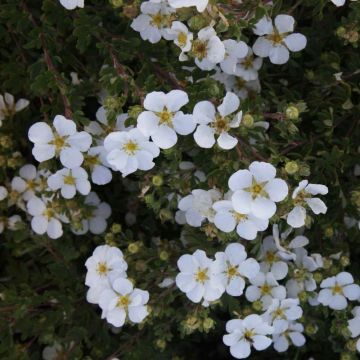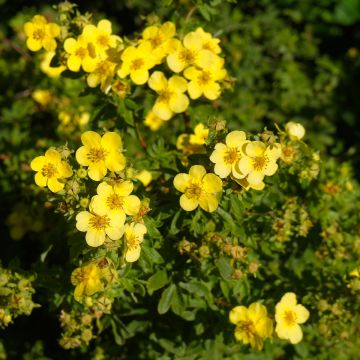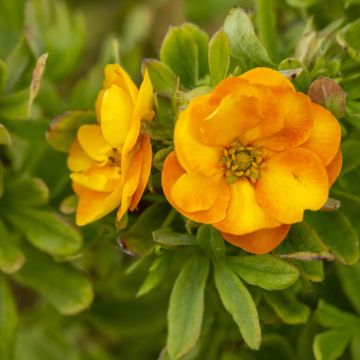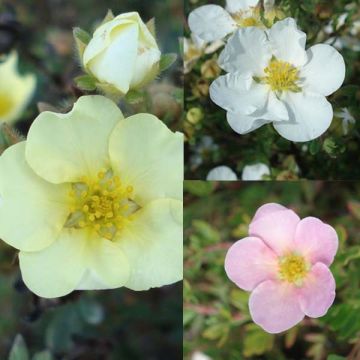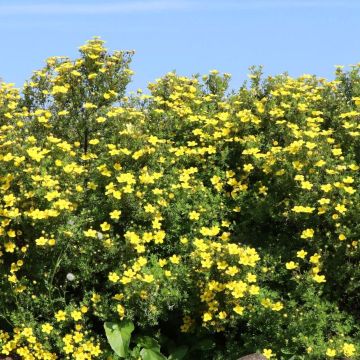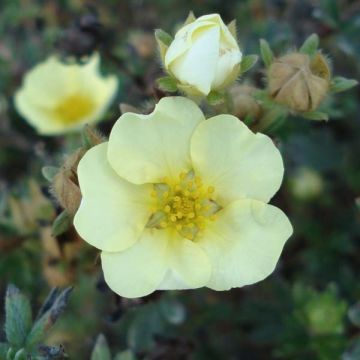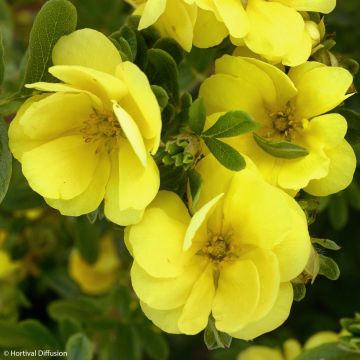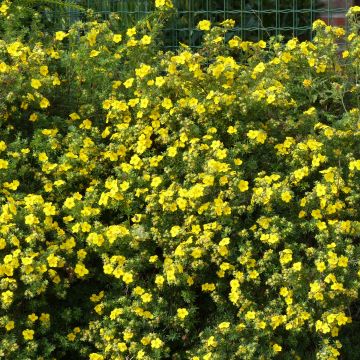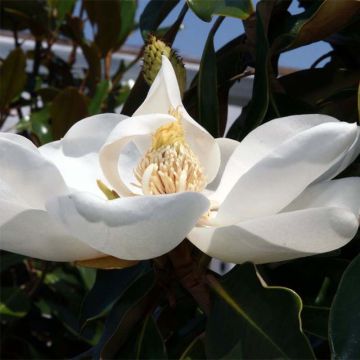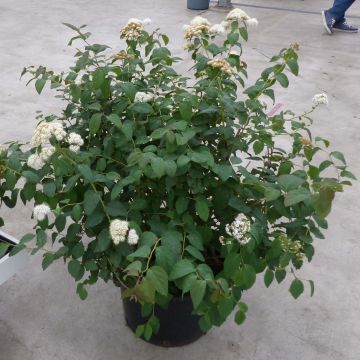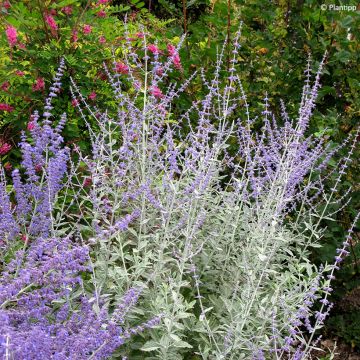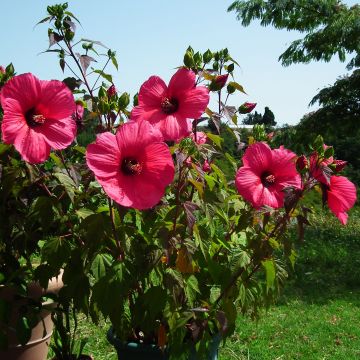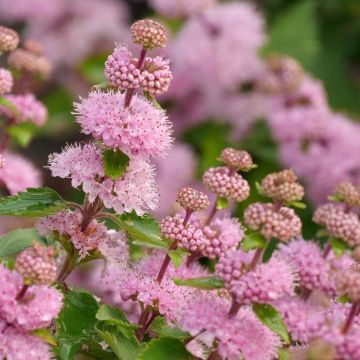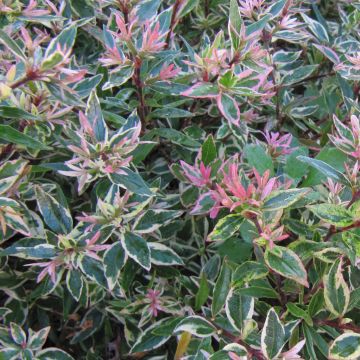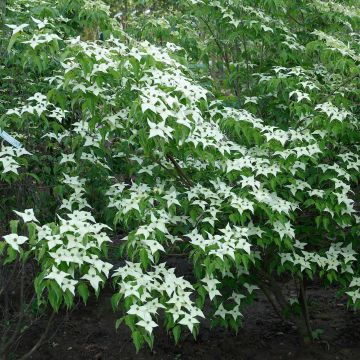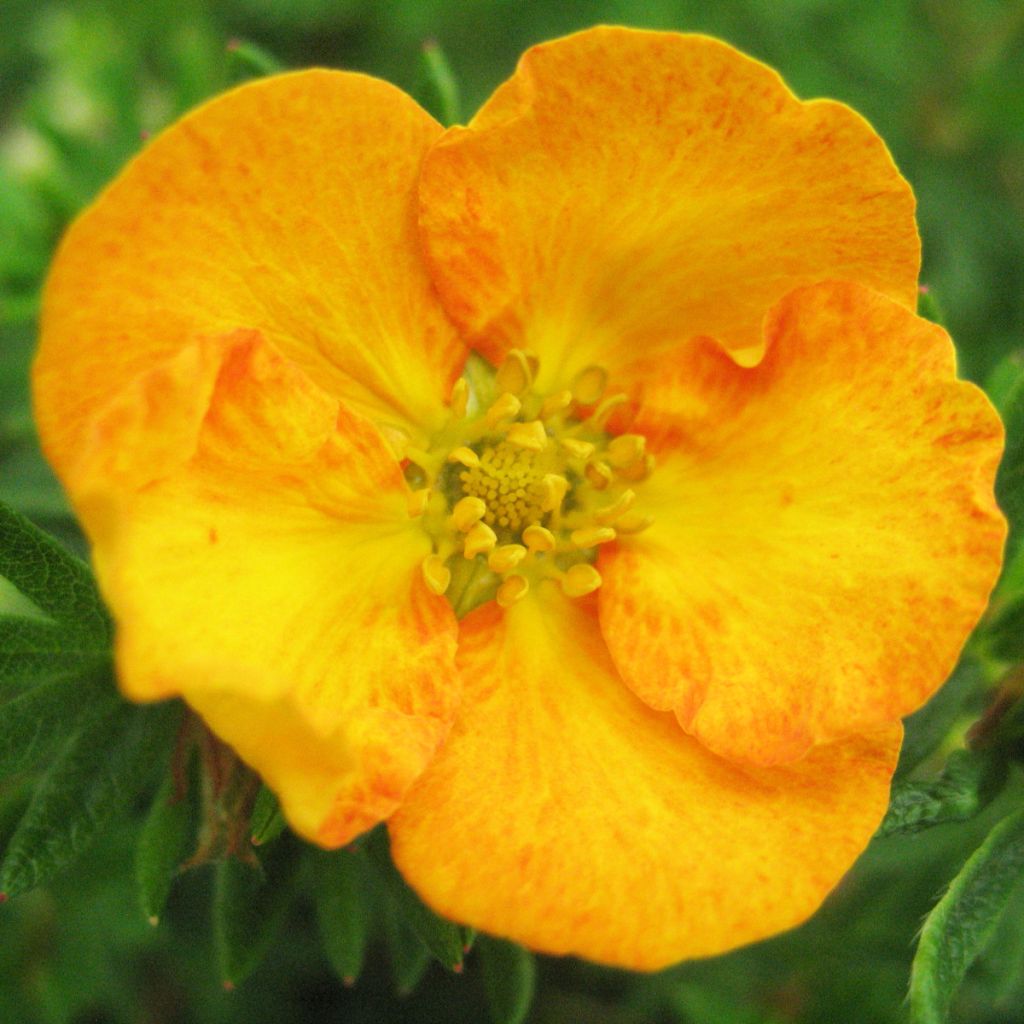

Potentilla fruticosa Tangerine - Shrubby Cinquefoil
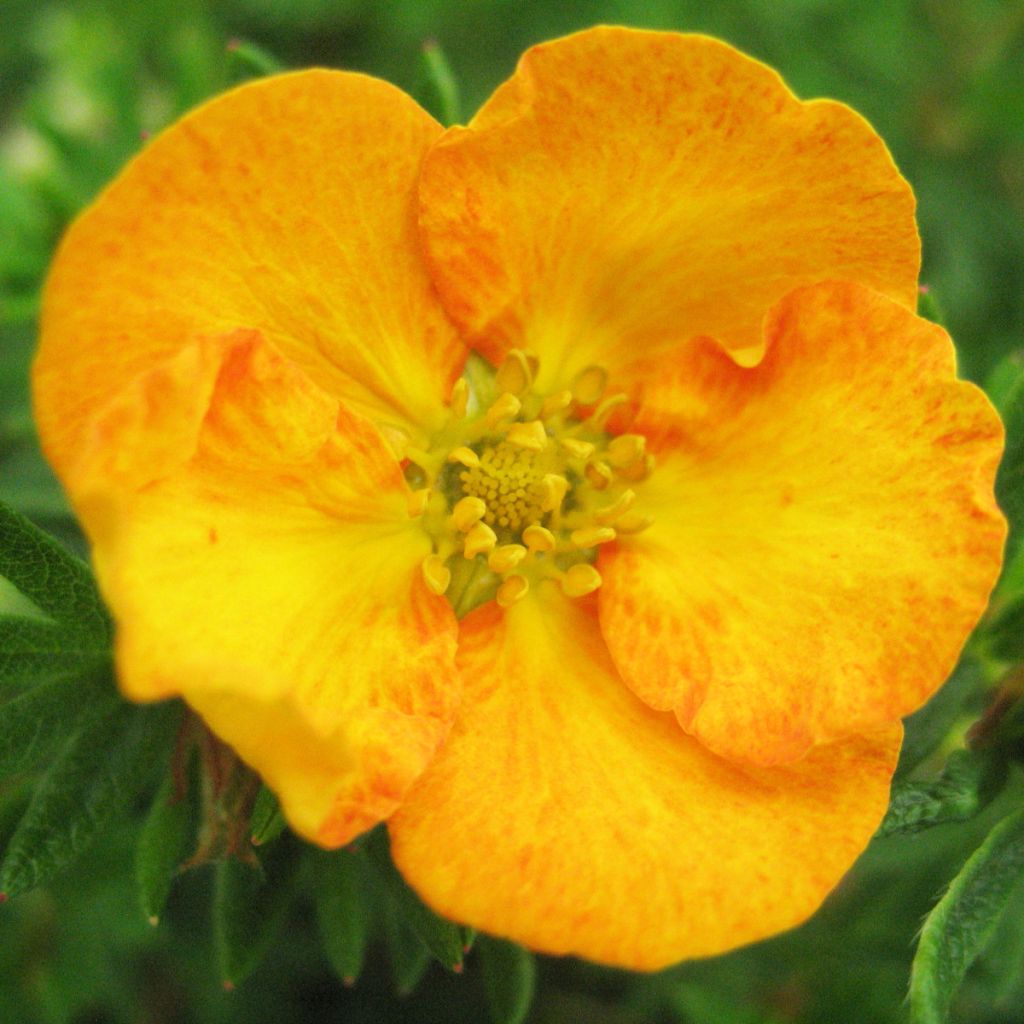

Potentilla fruticosa Tangerine - Shrubby Cinquefoil
Potentilla fruticosa Tangerine - Shrubby Cinquefoil
Potentilla fruticosa Tangerine
Shrubby cinquefoil, Golden hardhack, Hardhack, Prairie weed, Widdy
This item cannot be shipped to the selected country
Delivery charge from €5.90
Delivery charge from €5.90
More information
Schedule delivery date,
and select date in basket
This plant carries a 24 months recovery warranty
More information
We guarantee the quality of our plants for a full growing cycle, and will replace at our expense any plant that fails to recover under normal climatic and planting conditions.
From €5.90 for pickup delivery and €6.90 for home delivery
Express home delivery from €8.90.
From €5.90 for pickup delivery and €6.90 for home delivery
Express home delivery from €8.90.

Does this plant fit my garden?
Set up your Plantfit profile →
Description
Potentilla fruticosa 'Tangerine' is a superb variety with a vibrant summer flowering, a lemon yellow tinged with orange. This shrub has a long flowering period, enhanced by its dense dark green-grey foliage and its attractive compact dome-shaped habit. Easy to grow, hardy, and low maintenance, this shrub can be planted anywhere, in flower beds as well as in large pots on the terrace. It is a highly rewarding plant, and almost foolproof in well-drained soil.
Potentilla fruticosa is a woody shrub belonging to the Rosaceae family, just like roses. The 'Tangerine' variety was obtained in Northern Ireland in 1955, at the Slieve Donard Nursery. It is a compact, bushy, and rounded shrub with particularly dense foliage. At maturity, the plant will measure approximately 80cm (31.5in) in height and 1.20m (4ft) in width. Its slender and branched brown branches, peeling with age, bear deciduous foliage, which disappears in winter. The small size of the finely divided leaves gives a beautiful lightness to the green silhouette. A slight white hairiness on the underside of the leaves gives a silky and slightly silver appearance. Its delicate flowers are cup-shaped and 3cm (1.2in) in diameter, with five lemon yellow petals tinged with orange. In the sun, the flowers will appear more yellow. The centre of the flower is occupied by golden stamens. The abundant flowering, starting in June and lasting until summer, is generally more intense at the beginning of the season, then loses some of its vigour during the season, depending on the freshness of the soil.
In the sun, Potentillas will produce flowers with brighter colours, while in partial shade, the colour will be slightly less intense. Trouble-free, generous, and beautifully coloured, Potentillas are ideal for brightening up the garden or balcony, effortlessly and permanently. With their Scottish rose-like appearance and their very modest requirements, they can be used in multiple ways and planted anywhere: in flower beds, rockeries, borders, low hedges, containers, etc. They thrive in most climates and in any well-drained soil.
'Tangerine' Potentilla will look stunning when paired with Dahlias, shrubby salvias, yarrows, Gaura, thistles, perennial flax, oriental poppies, or large daisies. It combines ideally with Mediterranean plants (Lavender, Rosemary, Rockrose, Fennel, Helichrysum, Teucrium) for a warm and fragrant atmosphere. To create a highly graphic scene, it can be combined with plants with a more slender or tousled habit (Phormiums, Grasses, Euphorbias). On a slope or rockery, where it will be ideally placed if your garden soil is heavy and clayey, it also blends in with dwarf or creeping Conifers, creeping Ground Cover Roses, and landscaped areas. Potentillas create absolutely stunning borders in front of a screen of evergreen shrubs (Abelia, Boxwood, Holly, Mahonia, Japanese Spindle) that take over in winter.
Report an error about the product description
Potentilla fruticosa Tangerine - Shrubby Cinquefoil in pictures


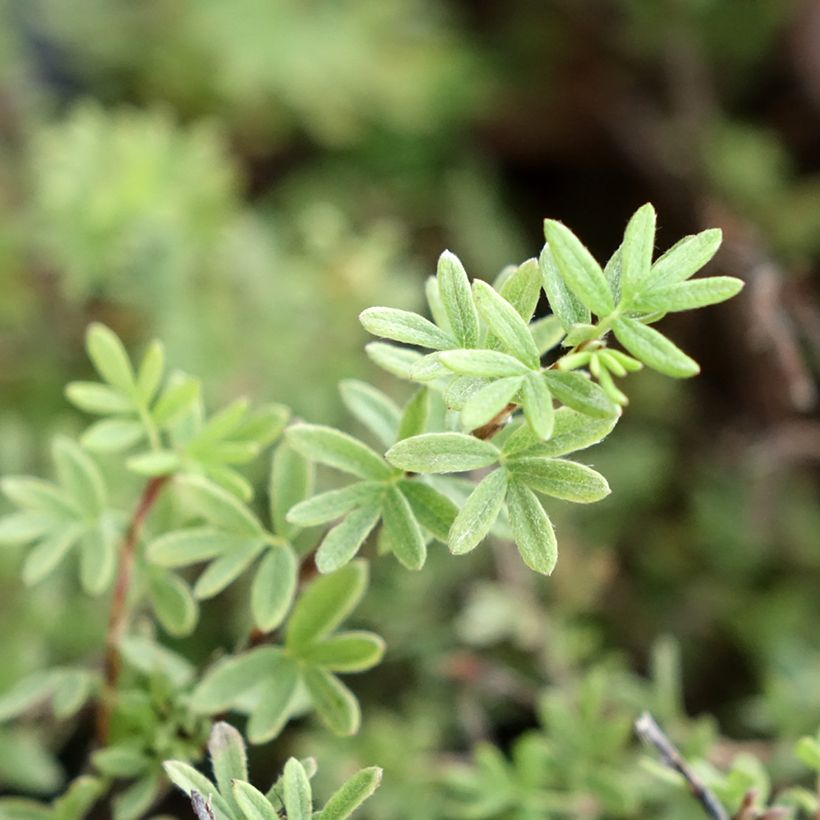

Plant habit
Flowering
Foliage
Botanical data
Potentilla
fruticosa
Tangerine
Rosaceae
Shrubby cinquefoil, Golden hardhack, Hardhack, Prairie weed, Widdy
Cultivar or hybrid
Other Potentilla - Cinquefoils
Planting and care
Very easy to grow, Potentilla fruticosa 'Tangerine' is hardy and can withstand low temperatures (-15°C). It prefers a sunny or semi-shaded exposure. Its only real requirement concerns the nature of the soil where it is planted. Indeed, it requires ordinary, rather poor soil, and very well-drained. In the case of heavy or clayey soils that are not suitable, it is advisable to place it on a slope or a rockery to facilitate water drainage. It is also possible to lighten the soil at the time of planting by adding coarse sand and gravel to improve drainage. An additional quality to add to its list of achievements is its good tolerance to drought once established. The shrubby potentilla does not require much maintenance. Flowering on the annual shoots, a simple annual pruning is necessary. It is recommended to cut back by half the stems that have borne flowers the previous year, just above a bud, in early spring, in order to stimulate regrowth and maintain the beautifully bushy shape of your potentilla. It is also desirable to remove faded flowers as the flowering progresses, to prolong it for a long time.
Planting period
Intended location
Care
-
, onOrder confirmed
Reply from on Promesse de fleurs
Summer-flowering shrubs
Haven't found what you were looking for?
Hardiness is the lowest winter temperature a plant can endure without suffering serious damage or even dying. However, hardiness is affected by location (a sheltered area, such as a patio), protection (winter cover) and soil type (hardiness is improved by well-drained soil).

Photo Sharing Terms & Conditions
In order to encourage gardeners to interact and share their experiences, Promesse de fleurs offers various media enabling content to be uploaded onto its Site - in particular via the ‘Photo sharing’ module.
The User agrees to refrain from:
- Posting any content that is illegal, prejudicial, insulting, racist, inciteful to hatred, revisionist, contrary to public decency, that infringes on privacy or on the privacy rights of third parties, in particular the publicity rights of persons and goods, intellectual property rights, or the right to privacy.
- Submitting content on behalf of a third party;
- Impersonate the identity of a third party and/or publish any personal information about a third party;
In general, the User undertakes to refrain from any unethical behaviour.
All Content (in particular text, comments, files, images, photos, videos, creative works, etc.), which may be subject to property or intellectual property rights, image or other private rights, shall remain the property of the User, subject to the limited rights granted by the terms of the licence granted by Promesse de fleurs as stated below. Users are at liberty to publish or not to publish such Content on the Site, notably via the ‘Photo Sharing’ facility, and accept that this Content shall be made public and freely accessible, notably on the Internet.
Users further acknowledge, undertake to have ,and guarantee that they hold all necessary rights and permissions to publish such material on the Site, in particular with regard to the legislation in force pertaining to any privacy, property, intellectual property, image, or contractual rights, or rights of any other nature. By publishing such Content on the Site, Users acknowledge accepting full liability as publishers of the Content within the meaning of the law, and grant Promesse de fleurs, free of charge, an inclusive, worldwide licence for the said Content for the entire duration of its publication, including all reproduction, representation, up/downloading, displaying, performing, transmission, and storage rights.
Users also grant permission for their name to be linked to the Content and accept that this link may not always be made available.
By engaging in posting material, Users consent to their Content becoming automatically accessible on the Internet, in particular on other sites and/or blogs and/or web pages of the Promesse de fleurs site, including in particular social pages and the Promesse de fleurs catalogue.
Users may secure the removal of entrusted content free of charge by issuing a simple request via our contact form.
The flowering period indicated on our website applies to countries and regions located in USDA zone 8 (France, the United Kingdom, Ireland, the Netherlands, etc.)
It will vary according to where you live:
- In zones 9 to 10 (Italy, Spain, Greece, etc.), flowering will occur about 2 to 4 weeks earlier.
- In zones 6 to 7 (Germany, Poland, Slovenia, and lower mountainous regions), flowering will be delayed by 2 to 3 weeks.
- In zone 5 (Central Europe, Scandinavia), blooming will be delayed by 3 to 5 weeks.
In temperate climates, pruning of spring-flowering shrubs (forsythia, spireas, etc.) should be done just after flowering.
Pruning of summer-flowering shrubs (Indian Lilac, Perovskia, etc.) can be done in winter or spring.
In cold regions as well as with frost-sensitive plants, avoid pruning too early when severe frosts may still occur.
The planting period indicated on our website applies to countries and regions located in USDA zone 8 (France, United Kingdom, Ireland, Netherlands).
It will vary according to where you live:
- In Mediterranean zones (Marseille, Madrid, Milan, etc.), autumn and winter are the best planting periods.
- In continental zones (Strasbourg, Munich, Vienna, etc.), delay planting by 2 to 3 weeks in spring and bring it forward by 2 to 4 weeks in autumn.
- In mountainous regions (the Alps, Pyrenees, Carpathians, etc.), it is best to plant in late spring (May-June) or late summer (August-September).
The harvesting period indicated on our website applies to countries and regions in USDA zone 8 (France, England, Ireland, the Netherlands).
In colder areas (Scandinavia, Poland, Austria...) fruit and vegetable harvests are likely to be delayed by 3-4 weeks.
In warmer areas (Italy, Spain, Greece, etc.), harvesting will probably take place earlier, depending on weather conditions.
The sowing periods indicated on our website apply to countries and regions within USDA Zone 8 (France, UK, Ireland, Netherlands).
In colder areas (Scandinavia, Poland, Austria...), delay any outdoor sowing by 3-4 weeks, or sow under glass.
In warmer climes (Italy, Spain, Greece, etc.), bring outdoor sowing forward by a few weeks.

































